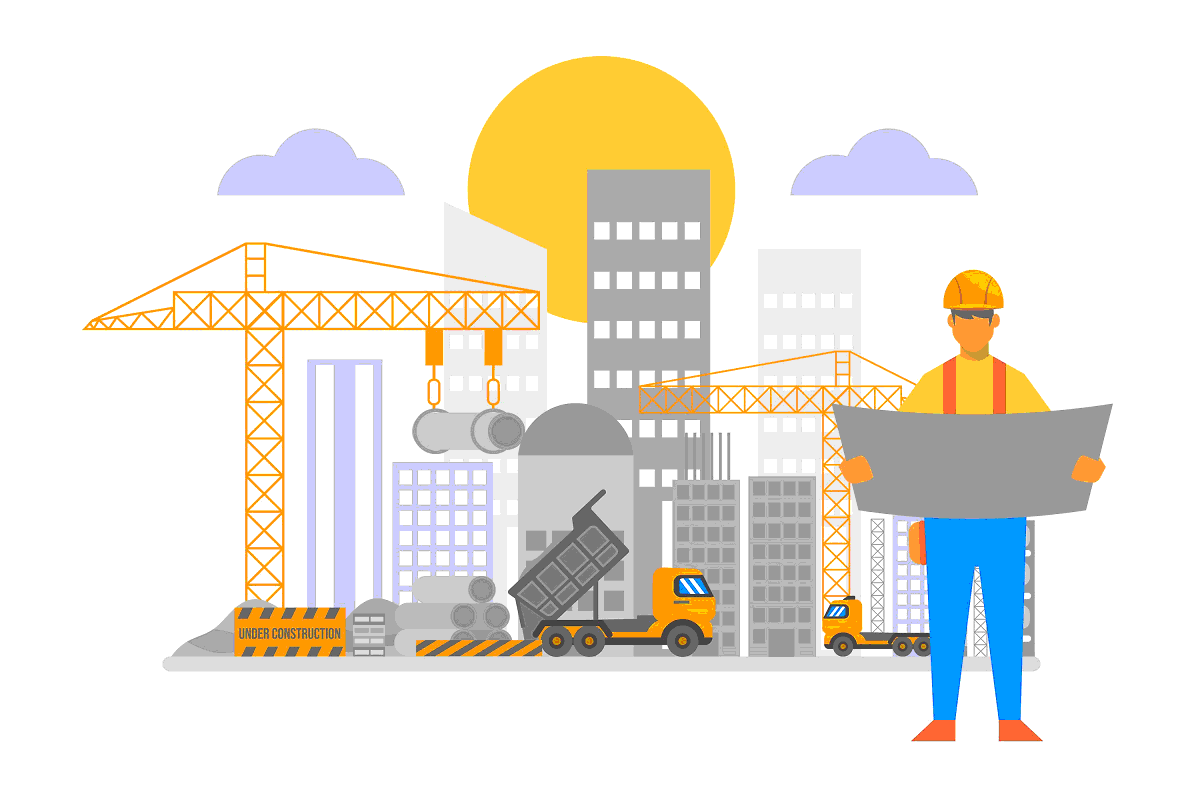
The cost of building and maintaining local government infrastructure can be a significant burden on taxpayers. In an effort to save money and promote sustainability, local governments are turning to concrete alternatives as a cost-saving solution. Concrete alternatives are sustainable, environmentally friendly, and cost-effective building materials that can be used in place of traditional concrete. In this article, we will explore the cost-saving benefits of using concrete alternatives in local government infrastructure, provide case studies and examples, and discuss potential challenges and solutions for local governments to adopt these materials.
Benefits of Concrete Alternatives in Local Governments
Concrete alternatives offer a number of benefits for local governments looking to save money and promote sustainability. These materials are often made from recycled or renewable resources and are produced using less energy and water than traditional concrete. As a result, using concrete alternatives can result in a lower carbon footprint and a more sustainable built environment.
Cost Savings
One of the biggest benefits of using concrete alternatives is cost savings. A study shows that using these materials in building construction can result in a 20% reduction in total construction costs. This can be attributed to the reduced cost of raw materials, as well as the lower energy and water requirements for production. Additionally, many concrete alternatives are lighter and easier to work with than traditional concrete, which can result in faster and more efficient construction processes.
Environmental Benefits
Using concrete alternatives in local government infrastructure not only saves cost, but also promotes sustainability and environmental friendliness. These materials are often made from recycled or renewable resources and have a lower carbon footprint than traditional concrete. They also require less energy and water to produce, further reducing their environmental impact.
Case Studies and Examples
The city of Los Angeles has been using concrete alternatives in various city-funded construction projects, resulting in significant cost savings and reduced carbon footprint. One popular concrete alternative, engineered wood fiber, has been widely adopted in parks and playgrounds for its cost-effectiveness, durability, and environmental benefits.
Potential Challenges and Solutions
Adopting concrete alternatives in local government infrastructure can present some challenges, such as a lack of familiarity with the materials and concerns about their long-term durability. However, many of these challenges can be addressed through education and training for local government officials and construction industry professionals. By working with sustainability experts, local governments can identify the best solutions for their specific needs and budget constraints.
Latest Updates and Trends
The use of concrete alternatives in local government infrastructure is a growing trend, with more and more cities and municipalities looking for cost-saving and sustainable solutions. In addition to engineered wood fiber, other popular alternatives include recycled plastic lumber and bamboo composites. These materials are becoming increasingly popular as they offer a durable, low-maintenance alternative to traditional concrete.
Conclusion
In conclusion, using concrete alternatives in local government infrastructure offers a number of cost-saving and environmental benefits. By adopting these materials, local governments can reduce their overall costs, promote sustainability, and create a more environmentally friendly built environment. With the support of sustainability experts and the continued growth of the concrete alternatives market, local governments can take the lead in promoting cost-saving and sustainable infrastructure solutions.
"Using concrete alternatives in local government infrastructure not only saves cost, but also promotes sustainability and environmental friendliness," says a local government official. With this in mind, it's clear that the benefits of concrete alternatives make them a valuable consideration for any local government looking to save money and promote sustainability in their community.
Engineering Topics



